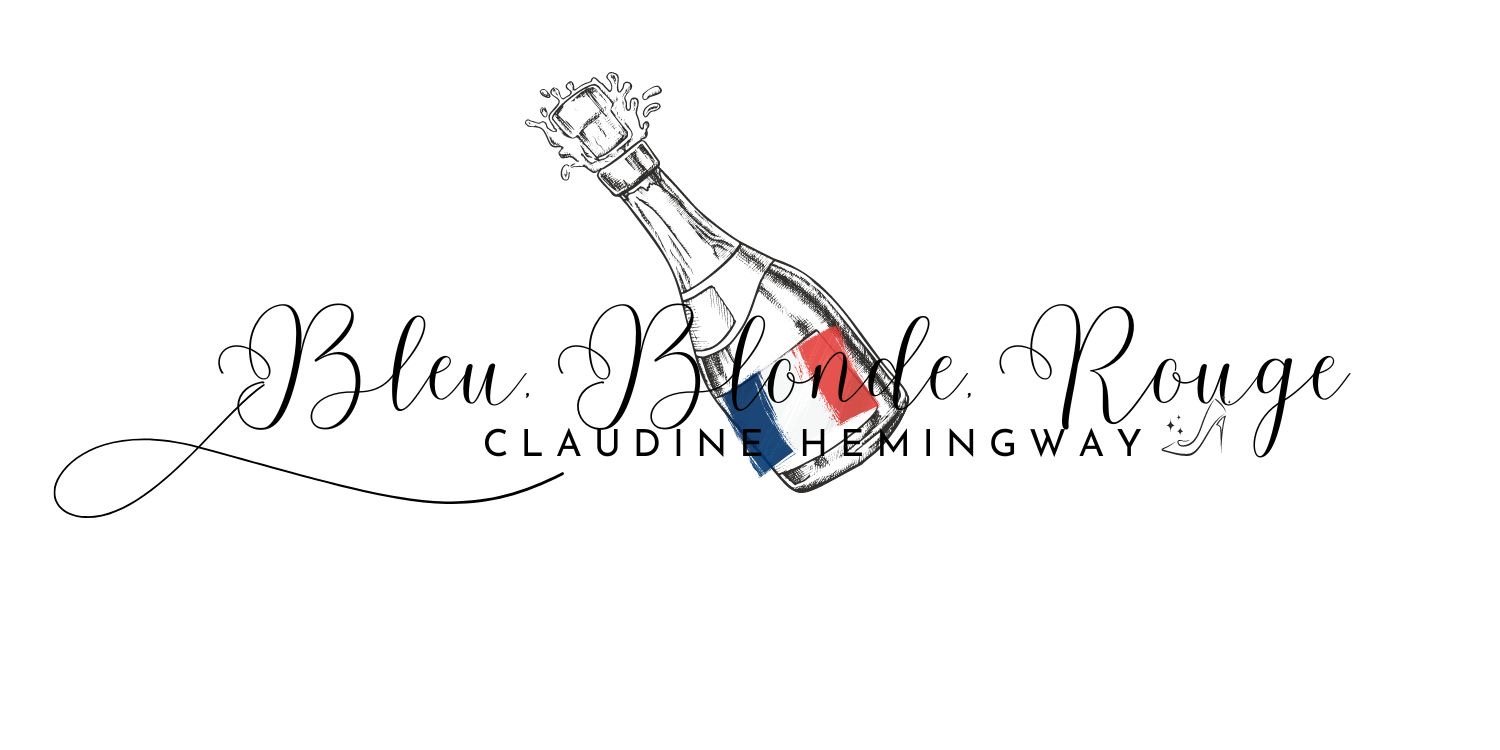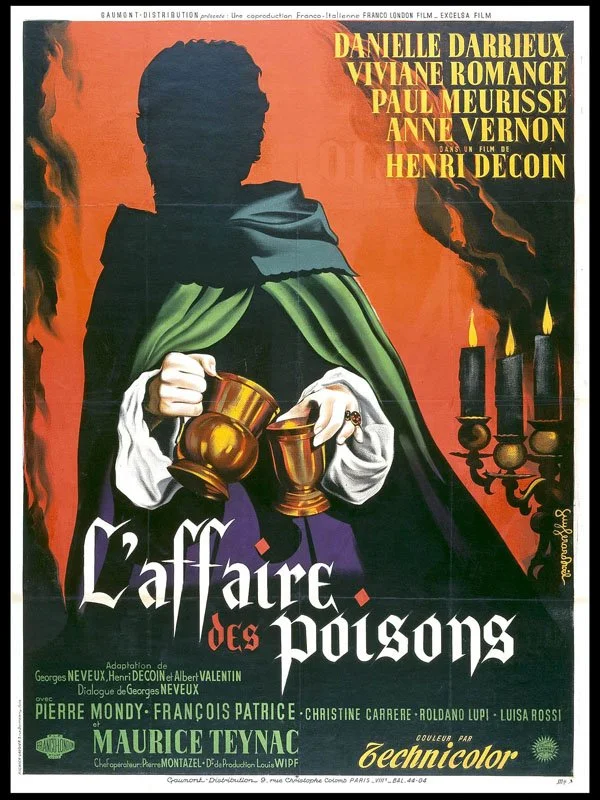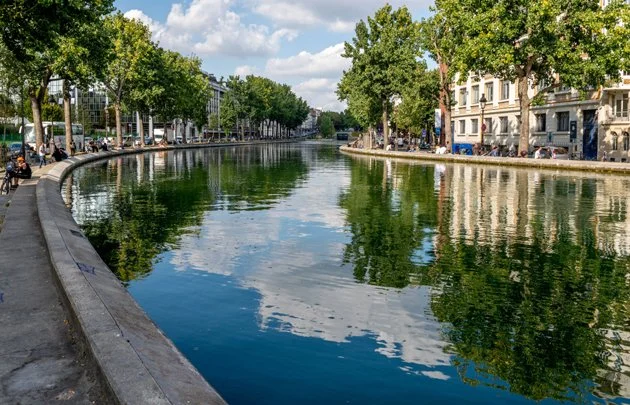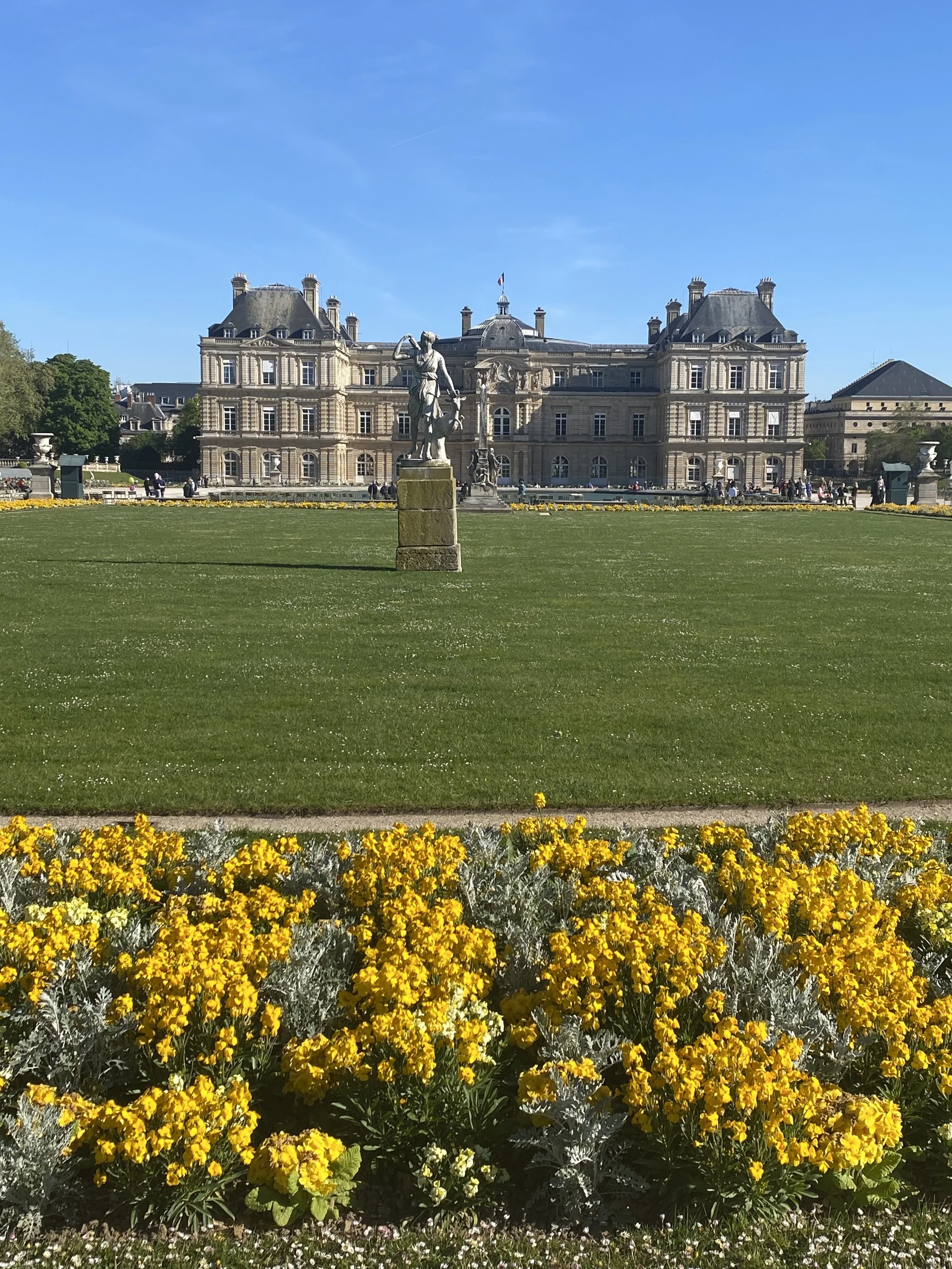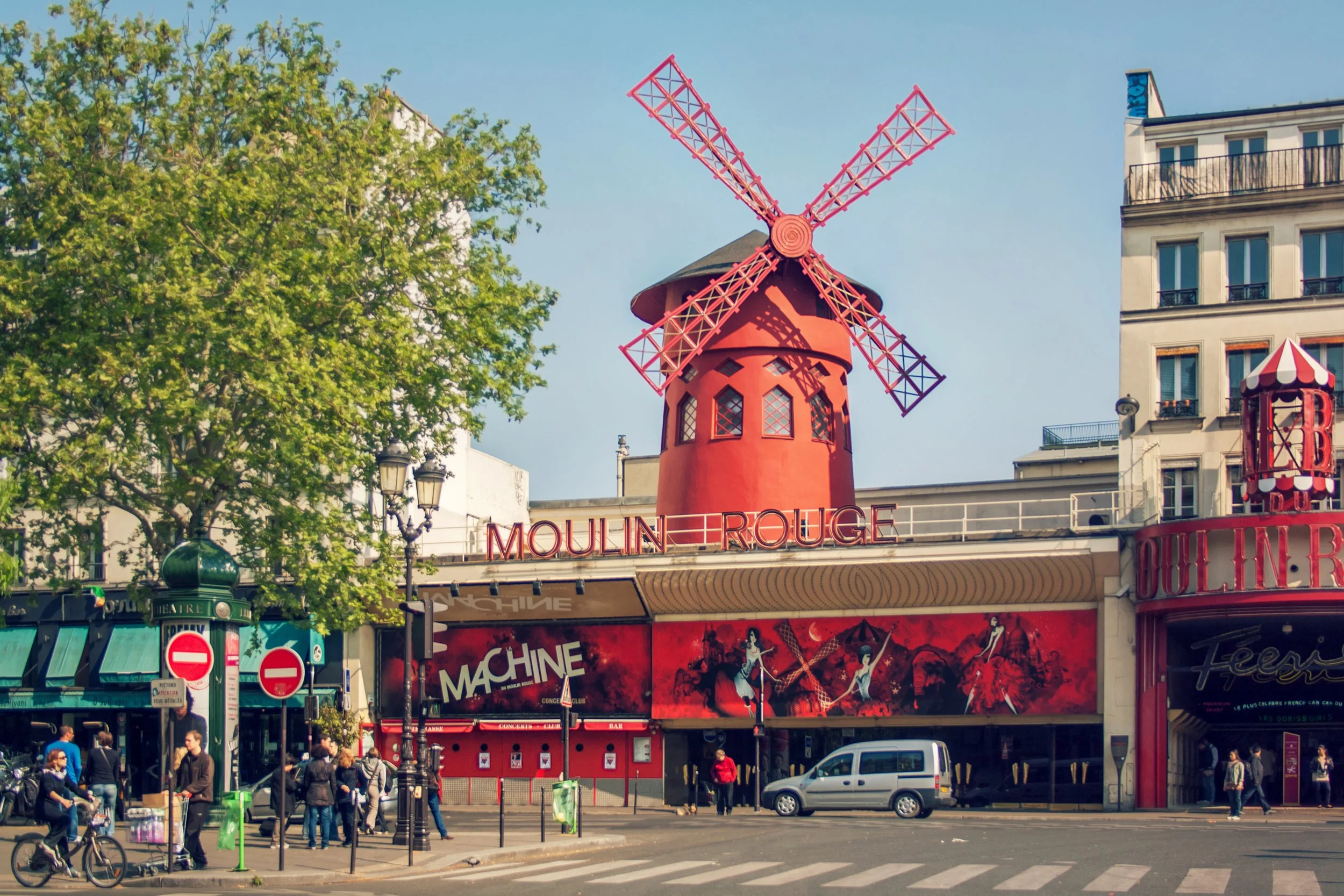When we last left Violette in Part 1 she had just killed her father and attempted to kill her mother. After a 48-hour spending spree without little to no remorse, she was about to face the music but she wasn’t finished manipulating everyone in her path.
Police commissioner Guedet knew this was a crime scene the moment they came across it and after discovering the past of the teenage Viollet, she was suspect number 1. Her mother was taken to the hospital and as soon as she was able to speak that same day the police took Violette to visit her. Realizing her mother was about to spill the entire history she fled the hospital.
The story was all anyone in Paris was talking about and just like the Landru case it was on the front page of every paper in France with a photo of the “black angel” or the “monster in petticoats”. For five days she outran the law, spending money as fast as she could and even dating a few men whom she hoped would take care of her, but that was to be her mistake. One of the men recognized her from her photo in the paper and called the police.
On August 24 an autopsy on her father performed by Dr. Charles Paul discovered that he had a large amount of Somenal in his system which resulted in his death, but his fall the month before also weakened his system.
On August 28 in the 7e she was arrested and charged with intentional homicide and taken to the Quai des Orfèvres (OR-fev-ra) on the Ile de la Cite. Under interrogation, commissioner Marcel Guillaume who was also involved in the Landru case asked where she got the money to fund her newfound lavish lifestyle, Violette said it was a Monsieur Pepin that was buying her whatever she wanted and giving her 3000 francs a month, but M. Pepin never existed. Breaking down into tears she said her mother was away often and her father had been raping her for 6 years. Some days even took her to work with him and raped her in a small cabin near the tracks and threatened to kill her if she told her mother.
Realizing that her own daughter tried to kill her and successfully killed her husband and held little remorse, Germaine gave the police everything they could have wanted.
After the Landru case, the public was obsessed, much like today, with every small detail they could get. They crowded on the street below their Rue de Madagascar address at the scene of the crime and lined up outside the police station hoping to see her. Henri Géraud was a powerful criminal attorney that had defended other criminals, albeit not successfully used the press to their advantage.
Violette was claiming that it was an act of self-defense after years of physical abuse by her father, although the press would not use the term rape or incest, the public was able to figure it out. Influential supporters came to her defense including Marcel Aymé who wrote the story of the man who walked through walls. Her lawyer also mounted a defense that other men including, her boyfriend Jean Dabin took advantage of her and forced her to steal for him. After all, how could a teenager kill her own parents?
On August 31, Benoite in the presence of his wife and father was buried in Neuvy-sur-Loire in a family plot. The entire town was there and muttered in disbelief that this could have happened.
Back in Paris, Viollete’s stories went on and on. Describing suggestive photos her father had hidden he would look at and even the cloth he would you as contraceptives. Full searches were held and nothing was recovered to back up her story. Taken to the Petite Roquette prison she stood by her tale and told everyone who would listen.
The first part of the case went to court at the start of October. Her mother got her own lawyer and mounted her case against her. Every seat was filled and the day Jean Dabin walked in everyone sat a little taller to hear his recount of their relationship. Looking down at his hand Germaine noticed a ring on his finger. The court stopped as Germaine screamed that the ring belonged to her husband. Asked where it was from he said Violette had given it to him as a gift. It was quickly returned to Germaine.
The judge ordered the lawyers and defendants to return to the crime scene and walk through the events. Germaine wouldn’t even look at her daughter. In December, judge Lanoire finished ruled that on January 5, 1934, the case would go to the attorney general and she would face trial and be indicted for murder.
The official trial started on October 10, 1934, in the Assize court of the Seine. The details of the first attempt on March 23 and the final blow on August 21 were brought up but never the suggestion of rape. Her biggest strike against her was the day the doctor came to court and told the story of her diagnosis of syphilis and her behavior. Her parents had both been tested and neither had it. So how could she have been raped for 6 years at the same time as having the virus of the times?
On October 12, 1934, at 7 pm the jury deliberated for just one hour and returned with a unanimous guilty verdict and sentenced to death at 19 years old. In 1934 women were no longer killed by the guillotine but they would be covered in black cloth as the charges were read and then shot. She had enough time to file an appeal that was quickly tossed out. On December 6 her attorney reached out to the President of France Albert Lebrun who overturned the death penalty in exchange for sending her to a forced labor camp for the rest of her life. At the start of 1935, she left for Alsace with 14 other women. Isolated she couldn’t have contact with anyone else.
Once there she rediscovered her Catholic faith and became a model prisoner. In October of 1937, she took back the allegations she made against her father in a letter sent to her mother who then gave it to the press. The two had reconciled over the years and Germaine was now doing all she could to get her daughter’s sentence shortened.
In May 1940, she was moved to a prison in Rennes. Due to her high notoriety, multiple guards surrounded her in case, the Germans had the idea of kidnapping her. The Vichy government was filling the prisons with resistance fighters and Jews under the orders of the German officers and Violette tried to keep to herself.
In 1942 the Catholic church reached out the Marshal Philippe Petain and pleaded for a reduced sentence showing how she had turned her entire life around. On August 6, 1942, 9 years after the crime her sentence was reduced from life to 12 years counting the years served. A few weeks later she was given a job with the prison accountant which she would hold until her release and would change the rest of her life.
On February 24, 1944, her parol was denied but she took it in stride and stayed for another year until August 29, 1945, when she was finally released. On November 17, Charles de Gaulle, the third head of the state to help her canceled the two-decade ban, essentially house arrest against her and she was able to return to Paris.
Now taking her mother’s name Germaine (Violette) was living in the 14th and working as an accountant for a Catholic charity. Back in prison the accounting clerk who took her under his week, Eugene Garnier was a very kind gentleman and the two grew close. A widow with 5 children his oldest son Pierre and Violette became quite close.
Shortly after her return to Paris, Pierre who was divorcing his wife moved to Batignole and worked as a cook to be closer to Violette. On December 16, 1946, the two married back in her hometown of Neuvy-sur-Loire. Her grandfather had passed away but never forgive and neither did most of the town but Violette was a changed person now and she and her mother were very close.
Over the years the couple purchased a hotel and restaurant near Rouen and had five children, Her mother lived with them and helped with the grandkids. Violette’s lawyer never stopped and in 1953 he was able to get her entire conviction tossed out with the help of the testimony of her mother.
They had a happy life until June 30, 1961, when Pierre died after a horrific car accident. Two years later Violette was diagnosed with breast cancer. Surgery successfully removed it and she opened a new hotel and restaurant she would run until 1963 when cancer returned, this time in her bones. On November 26, 1966, in Petit-Quevilly she died surrounded by her mother and children.
Her mother lived until September 5, 1968, outliving both her daughter and husband.
The story captivated France for years and has been made into numerous movies and documentaries. In 1977 Isabelle Huppert played the black angel and some clips can be found on you tube,
